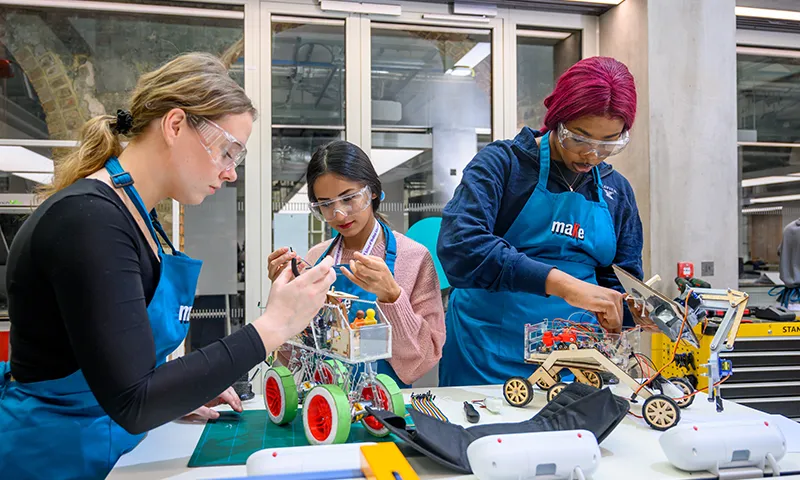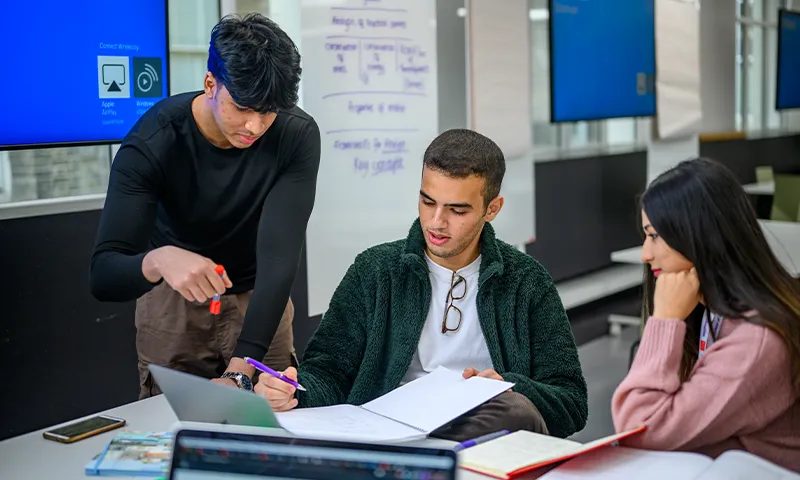Social mobility at King’s
Empowering underrepresented students in higher education
For almost 200 years King's has been at the cutting edge of research-enhanced teaching, educating our students to become critical thinkers who can lead and change the world. King’s graduates are distinguished not just by their knowledge but by their wisdom, character, service ethic and global mindset. We strive for every King’s student to achieve their potential through world-class, inclusive, research-enhanced teaching, outstanding and accessible physical and digital learning environments and personalised student journeys.


King's Vision 2029 sets out that a King’s education is about more than achieving a good degree classification: it enables students to develop their intellectual curiosity and passion for learning and contribute to real-world social, environmental and economic impacts. By removing barriers to students' success and developing their perseverance and personal wellbeing, inclusion and respect are championed and integrated into the King's student experience as institutional and personal values. During their time at King’s, students learn how to effectively navigate their lives and careers after university, as highly employable and sought-after graduates.
Read more about Vision 2029Find out more about King's student experienceEmpowering underrepresented students in higher education
Research and evaluation to help enhance social mobility and student success
Specialist support for students from underrepresented backgrounds
A whole-university approach to student mental health and wellbeing
Delivering a transformative King’s education
Assessing the quality of teaching at Higher Education providers in England
Recognising, rewarding and celebrating impact
Student-led nominations towards staff who have made a real difference
Managing quality assurance matters
Enhancing the learning and teaching environment at King’s.
Extracurricular initiatives and events for you to get involved in
Working with local partners to develop distinctive learning opportunities
Education programmes developed in collaboration with University partners
Providing expert language tuition in the heart of London
Online master's programmes and short courses
Our free short courses, known as Massive Open Online Courses (MOOCs)
Find out more about student engagement internships
Supporting the adoption and integration of generative AI.
Improving the digital experience for staff and students